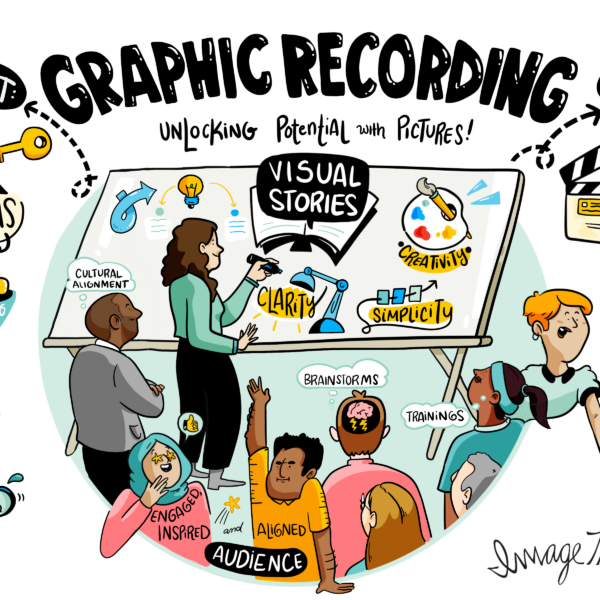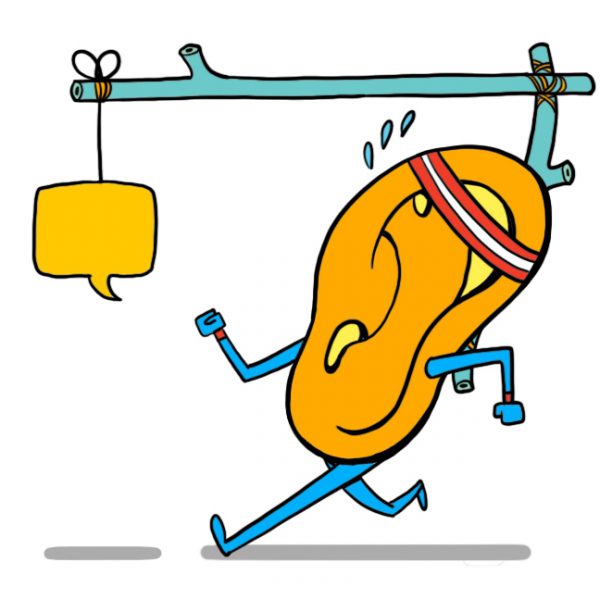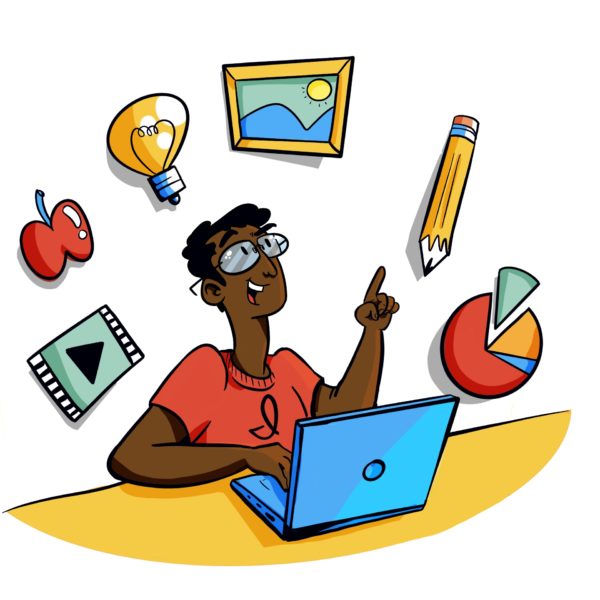ImageThink recommends applying more visual recording methods to increase creativity and active learning!
Since we’re in the business of helping people learn and communicate with images, we’re always hearing interesting factoids and statistics about vision and the brain. But as is the case with so much information on the Internet, these things are often repeated so many times we don’t know where they actually came from – or if they are in fact true.
This week is the first in a series of posts unpacking some of the commonly repeated facts and figures to see which are solidly based on research and which just materialized from the ether.
We’re starting this week with a couple oft-cited facts about how we process information.
65 percent of the population are “visual learners.”
True. In fact, it’s probably even higher than 65%. Thinking visual helps us memorize and understand more easily!
The source of this idea is likely Richard Felder, who did a research study on engineering students in the eighties that resulted in a standardized test called the Index of Learning Styles (ILS). The ILS sorts learners according to several different spectra, including visual-verbal.
Subsequent studies have estimated that the proportion of visual learners to other learning styles is higher, some as high as 80%, depending on the categories of learning styles used and the methodology of the study.
We process visuals 60,000 times faster than text.
Likely false, though processing words does take longer.
This “statistic” is of dubious origin – no reliable source could be found, and we’re not the only ones who have tried. The other funny thing about this statement is that the act of reading is actually an amazing feat of visual processing (if you want to learn more about that, check out this fascinating book). We actually see letters as a series of separate pictures.
Dr. John Medina is a developmental molecular biologist whose book Brain Rules sheds light on many of the reasons why vision is one of the great allies in helping us learn and retain information. He describes the act of reading this way: “Combinations of straight lines and curves become the word ‘three.’ Written information has a lot of visual features in it, and this report takes a great deal of effort and time to organize.” For this reason, Medina argues, “reading is a relatively slow way to put information into the brain.”
Coming up next in this series: True or false? Our sense of vision rules our brains.




